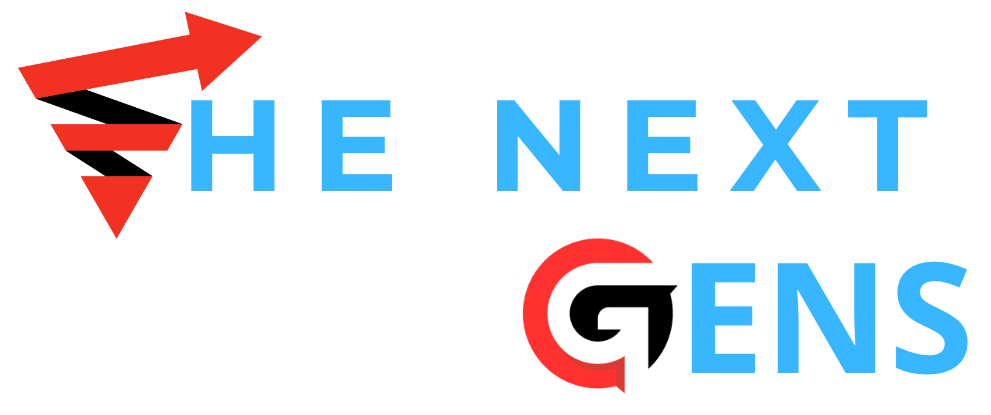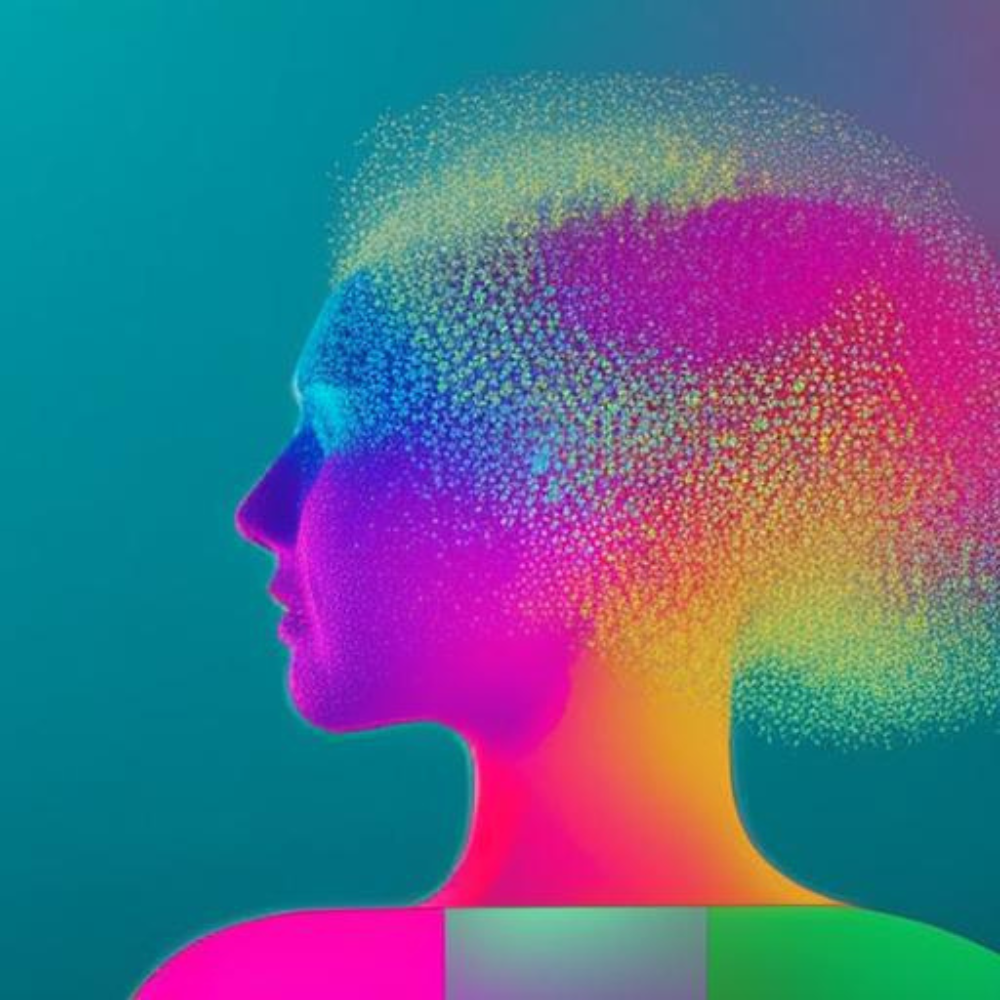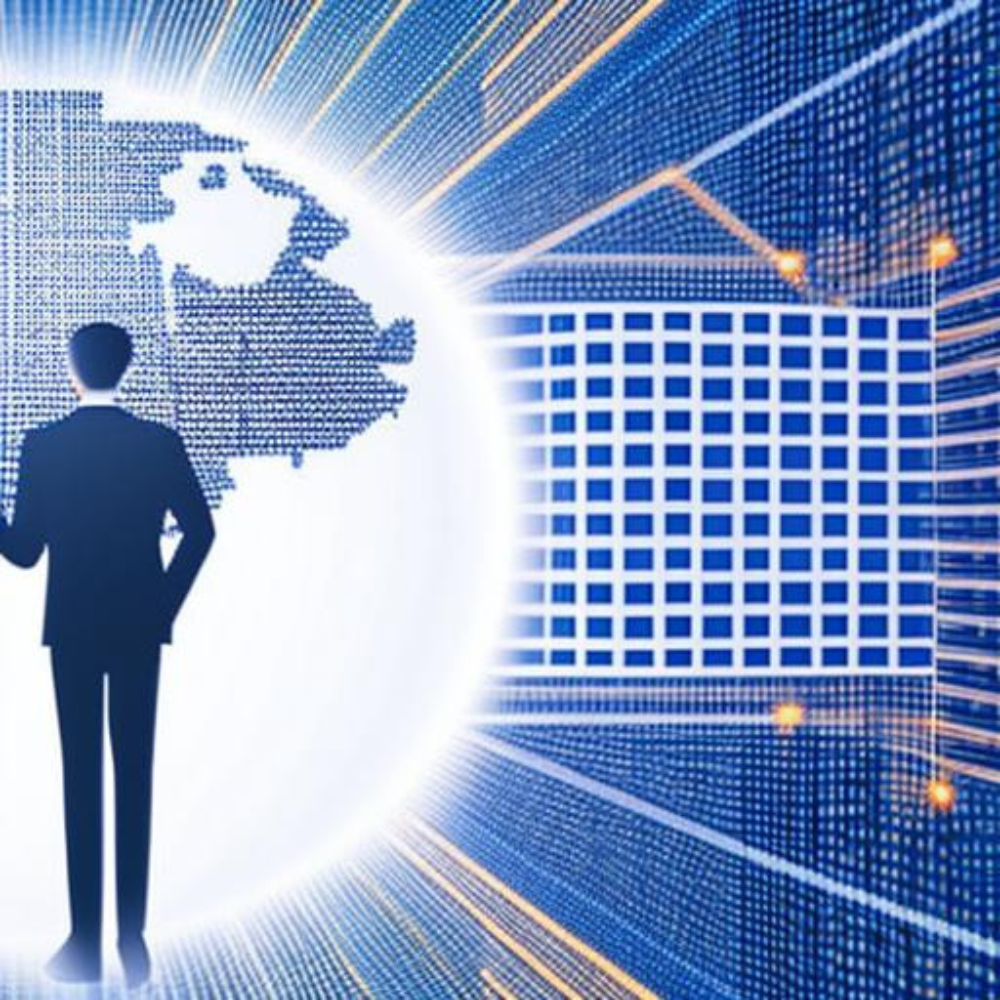Artificial intelligence (AI) is rapidly changing the way we approach creative industries such as art, music, and design. AI has the ability to automate certain processes, generate new ideas, and assist with decision-making, helping creative professionals to explore new avenues of creativity and push the boundaries of their fields. In this article, we will explore the role of AI in the creative industries and examine its impact on art, music, and design.
AI in Art
One of the most notable ways AI is being used in art is through generative art. Generative art involves using algorithms to generate original images or animations. Artists can program the algorithms to follow certain rules or parameters, creating a unique image or animation every time the algorithm is run. For example, artist Mario Klingemann has used AI algorithms to generate complex and beautiful images that are indistinguishable from human-made artworks.
AI can also assist with the creation of art. AI algorithms can analyze a painting or photograph and suggest color palettes, compositions, or even recommend changes to the artwork. This can save artists time and help them make more informed decisions about their work.
AI in Music
AI is also transforming the world of music. AI algorithms can assist with composition and production, helping musicians to generate new ideas and create unique sounds. For example, Amper Music is an AI-powered music platform that allows users to generate and customize music based on their needs. The AI algorithm analyzes the user’s input and creates a custom music track that fits their specifications.
AI is also being used in music education. AI technology can provide personalized feedback and help students learn at their own pace. For example, the app “Yousician” uses AI to provide personalized feedback to users as they learn to play instruments.
AI in Design
AI is changing the way we approach design as well. AI algorithms can assist with design processes, automating tasks such as image recognition, color matching, and layout design. This can save designers time and help them create more polished and professional-looking designs. AI can also be used to personalize and customize designs based on user preferences. For example, the company Canva uses AI to suggest design elements and layouts based on user input.
Ethics and Future Developments
As AI continues to evolve and become more integrated into the creative industries, there are ethical concerns to consider. For example, some worry that AI-generated art may devalue the work of human artists. Additionally, there are concerns around data privacy and how AI algorithms may be used to manipulate user data.
Despite these concerns, the future of AI in creative industries is bright. As AI technology continues to improve, it will likely become even more integrated into the creative process, allowing artists, musicians, and designers to push the boundaries of their fields even further.
Conclusion
AI is transforming the creative industries, helping artists, musicians, and designers to explore new ideas and push the boundaries of their fields. From generative art to personalized design, AI is changing the way we approach creativity. While there are ethical concerns to consider, the future of AI in the creative industries is exciting, and we can expect to see even more advancements in the coming years.





